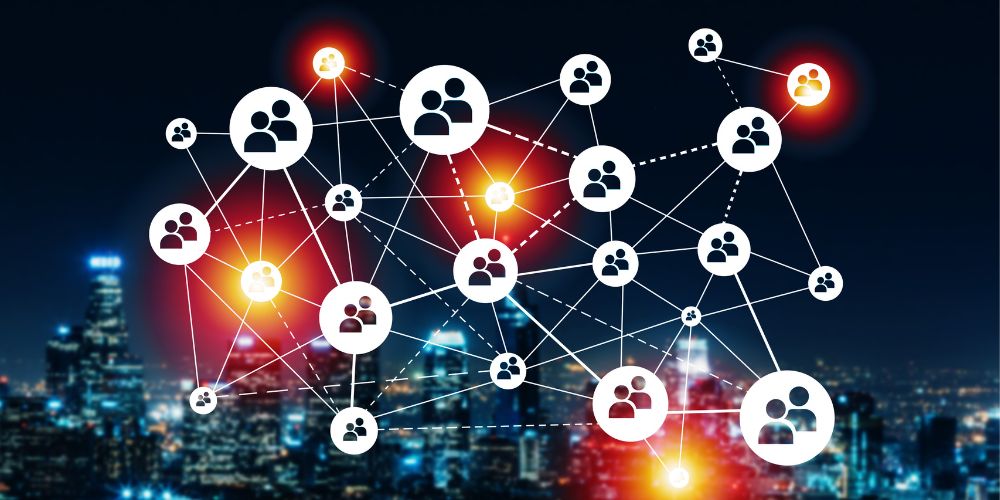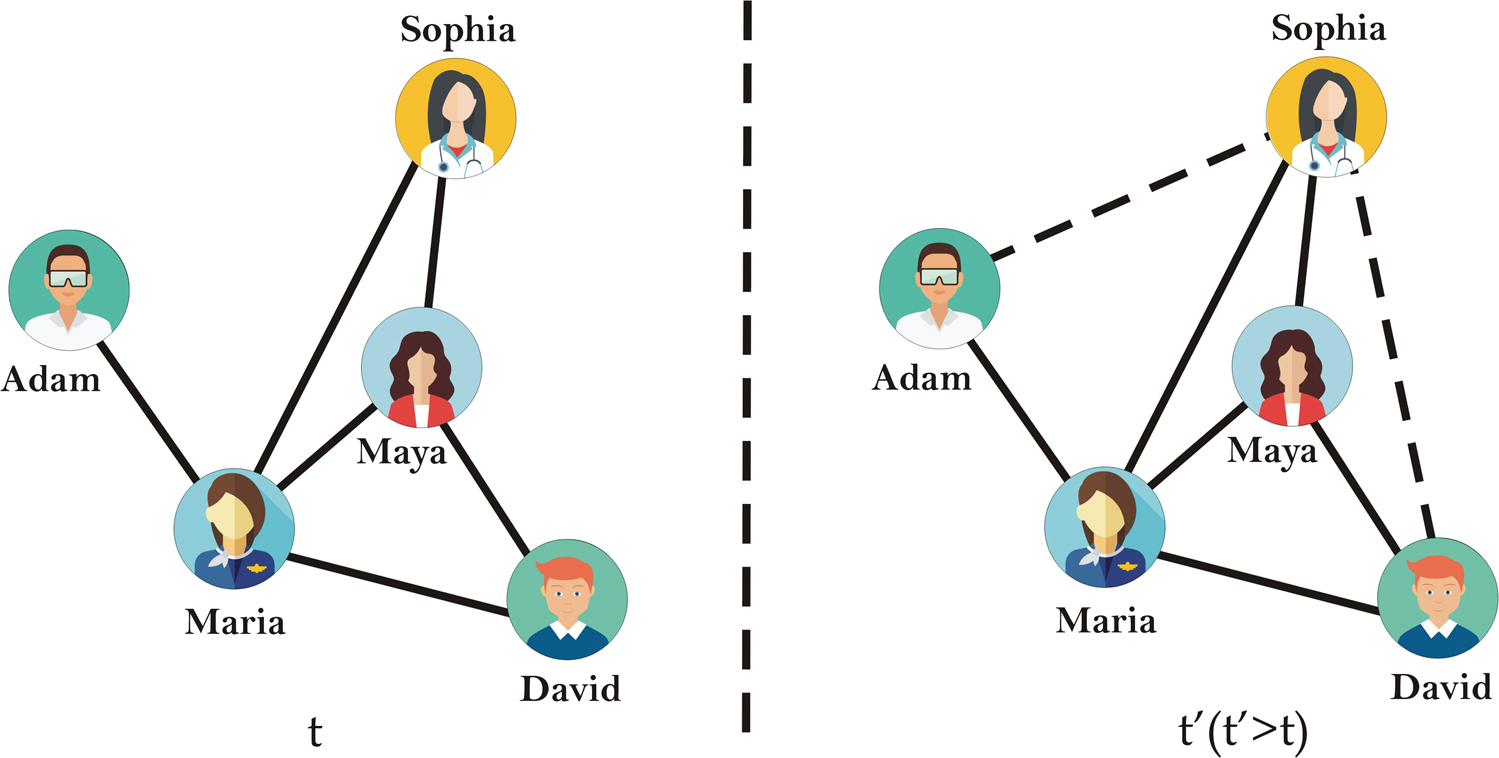How Books Are Rewiring Me
The Day I Finally Understood Why Reading Matters To Me (Dennis Irorere)

Have you ever stopped to think about how everything in your life is connected? Steve Jobs once famously said, “You can’t connect the dots looking forward; you can only connect them looking backward.” It’s a reminder that our lives are full of seemingly random events that, when pieced together, form a larger picture.
Lately, I’ve been thinking a lot about how these dots aren’t just isolated events, they’re all part of a bigger network. In fact, we’re all just nodes in a web of connections, and if you think about it, that’s what life really is: a network.
We hear “connections” and think of social media, LinkedIn, Instagram, X (formerly Twitter), but networks are so much more. Have you ever used Google to search for something? Those recommendations that pop up are powered by networks of data. Ever received a “People You May Know” suggestion on Facebook or LinkedIn? That’s a graph algorithm connecting the dots between your connections and theirs.
But it’s not just about technology. Think of those crime shows where detectives put up a board with photos of people and places, drawing lines between them to solve the mystery. That’s a network, too, people, events, and evidence, all linked together.
It’s fascinating how much of our world is governed by the science of networks, even though we rarely think about it that way.
Have you ever thought about how you got your current job? Was it through someone you knew, maybe a referral? Maybe a recruiter found you on LinkedIn. Either way, there was a connection. You are a node, connected to other nodes (people, companies, opportunities) through edges (relationships, shared goals, interests). These edges are what move your career forward.
In fact, your entire career is a network. Every company, every team, and every collaboration is a network of people working together, connected by their skills and responsibilities. The stronger the connections within these networks, the better the team performs, and the more successful the company becomes.
In this talk, Vusi Thembekwayo talks about weak links(edges) and how they can accelerate your career growth.

Now, let’s break it down. What’s a graph? Think of it as a collection of “nodes” (people, ideas, places) connected by “edges” (relationships or links between them). For example, how did you meet your closest friend? Was it through school, work, or a mutual friend? In graph theory, you and your friend are nodes, and your relationship is the edge that connects you.
If you zoom out, your entire life is a massive graph, filled with people, experiences, and opportunities, all connected by edges of varying strength. Some connections are stronger than others, but they all contribute to your personal and professional network.
We’ve only scratched the surface of what we can do with networks and graphs. While it’s easy to see their impact on our social and professional lives, think about what else we could achieve by applying this mindset. How could you use networks in your next project? What if you could map out all the potential connections in a new venture or understand the hidden links between ideas in your creative process?
Imagine if we could fully grasp the extent of these connections. What could we accomplish? Could we improve collaboration, innovation, or problem-solving? Could understanding networks help us make better decisions, not just in our careers but in every aspect of life?
In the end, life is one giant web of connections, and the better we understand these networks, the more we can use them to our advantage. Whether it’s finding a job, building a relationship, or starting a project, everything comes down to how well we navigate the connections around us.
So, next time you’re working on something new, ask yourself: How does this fit into the bigger network? What connections am I making, and how strong are they? Because when it comes down to it, life is just a series of nodes and edges waiting to be explored. And for me? I’m excited about where those connections will take us next.
Are you?
If you want to learn more about graph and networks please join us at - graphgeeks
There is a great talk by Vusi T